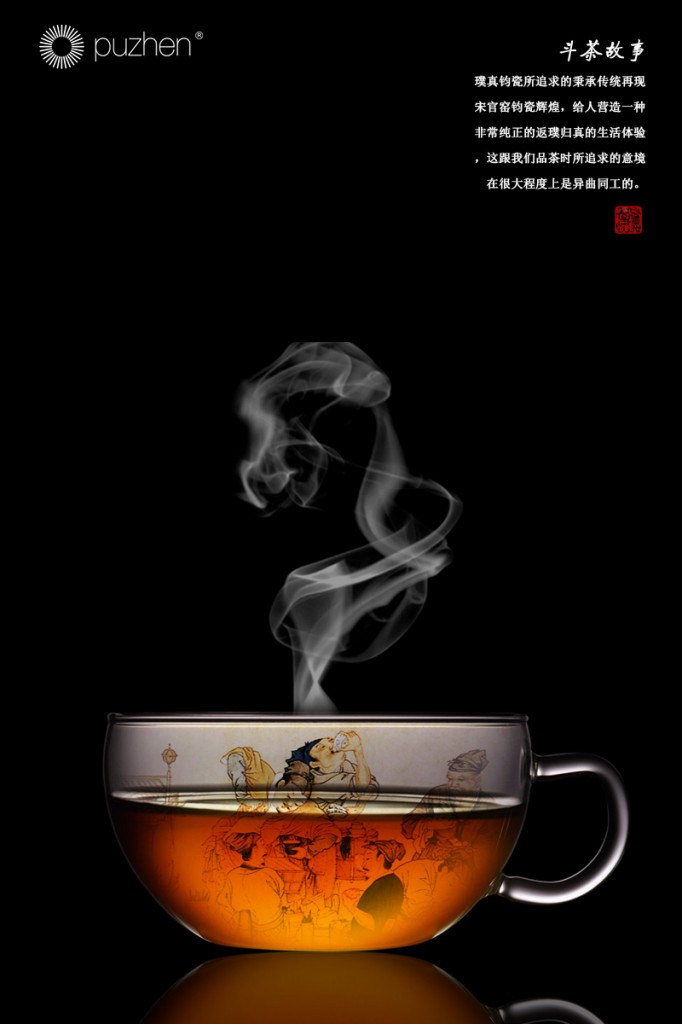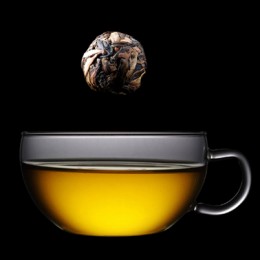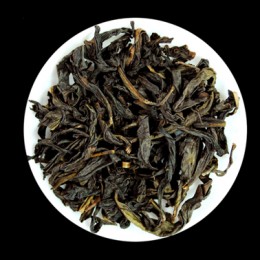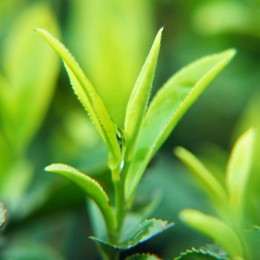In the Song Dynasty, when tea testing as a leisure activity was gaining steam in society, everybody, from the Emperor to the common man, indulged in this hobby. The literati, of whom the Emperor Song Huizong was considered a member, were especially into tea tasting and critiquing.

The Song Dynasty was, in fact, the golden age, or heyday, of tea development and tea set manufacturing, and this dynasty has left us a rich and valuable cultural heritage surrounding tea. Two things about tea especially stand out from this era: tea contests and the Jian Teacup. In fact, it is a historical fact that these contesting had a huge influence on the development of Chinese tea culture and helped give birth to Jian Teacups, which were initially primarily used in the contests. Therefore objectively speaking, tea contesting greatly influenced the contests. Let’s take a look at the interesting relationship between tea and tea sets in a typical tea contests setting. From what we have been able to learn from history and literature, the Song Dynasty tea contests evolved from tea tasting parties. The contests were usually held around the Ching Ming Memorial Festival, right after new tea became available. After each contestant showcased his/her new tea, the real competition started.
Two criteria were used to determine the best teas: the tea “infusion” color and the tea “surface foam.” The best tea was considered to have had a pure white color, with bluish-white, grayish-white and yellowish-white following behind. The pure white color was interpreted to mean that the picking and preparation process had been just perfect, resulting in the highest possible grade of tea.
The second criterion was the tea infusion surface “foam” color and the time it took for the “water mark” to occur. Like the criterion for infusion, pure white surface foam was considered higher than other colors. The “water mark” referred to a trace the layer of white foam, developing on the surface of the tea during the steeping process, would make. This foam would leave a tea-colored “level mark” on the inside of the tea cup, when the foam later dissipated. The time it took for the “water mark” to show up was another criterion for ranking the tea. The longer it took, the higher the tea placed. This was because the longer it took, the finer the tea leaves were and the better the tea would taste. This also meant that pouring the boiled water into the teacup and stirring the ground tea leaves with a bamboo apparatus was also done perfectly and the best tea was achieved.
This process was called: “teacup biting.”During the high point of the contests, Jian Teacups became more and more popular. Most Jian Teacups look dark or dark purple, with a wide mouth and a small base. This gave rise to the name: “the open-mouth dark teacup.” The embryo is thick, solid and hard, with only half the amount of enamel usually applied to form sagged “glaze tears”, much like what occurs with the Jun Porcelain. All these features resulted directly from the tea contesting hobby that was so popular in Song Dynasty.
Next time we will talk about the designs of Jian Teacups…
Want to earn 20% commissions by your blog or website? Join Puzhen Affiliate now.



